Physical activity helps maintain mobility, dexterity and balance, and reduces depression and fatigue in people with Parkinson's disease.
According to the Parkinson's Foundation of America, exercise helps improve gait, balance, flexibility, grip strength, and reduces tremors. It also improves cognition, reduces anxiety, depression, and fatigue, which are common symptoms in people with the disease. Research by the Parkinson's Foundation of America also shows that increasing physical activity to at least 2.5 hours per week can slow the decline in quality of life in people with Parkinson's.
Stretching
Stretching exercises help improve muscle stiffness caused by Parkinson's disease. Thanks to that, patients are more flexible, easily performing daily activities such as walking, grasping. You should hold the stretching movements without moving for 10-30 seconds and repeat each exercise 3-4 times. The duration of each exercise is at least 10 minutes each time, 3-4 times a week. Breathe evenly during each stretch, do not stretch your arms, legs (muscles) to the point of pain, just stretch your arms, legs... with a light pull.
The patient should focus on the areas of the body that are commonly affected, including the chest wall, shoulders, elbows, back of the thighs (hamstrings) and knees, calves, wrists, palms, lower back and neck. Stretching exercises should be done while sitting or lying down to avoid muscle tension and fatigue.
Strength training
Strength training such as weight lifting, bench press, push-ups... helps build muscle mass and flexibility, often focusing on the following muscle groups: abdomen (core muscles), thighs (quadriceps), buttocks, back, arms (triceps), hands and wrists.
Patients should perform strength training exercises 2-3 times per week, not targeting the same muscles consecutively, because muscles need to rest and recover, dividing the training time between muscles. Hand exercises (writing by hand, reaching overhead objects...) help increase grip and improve reach for people with Parkinson's disease.
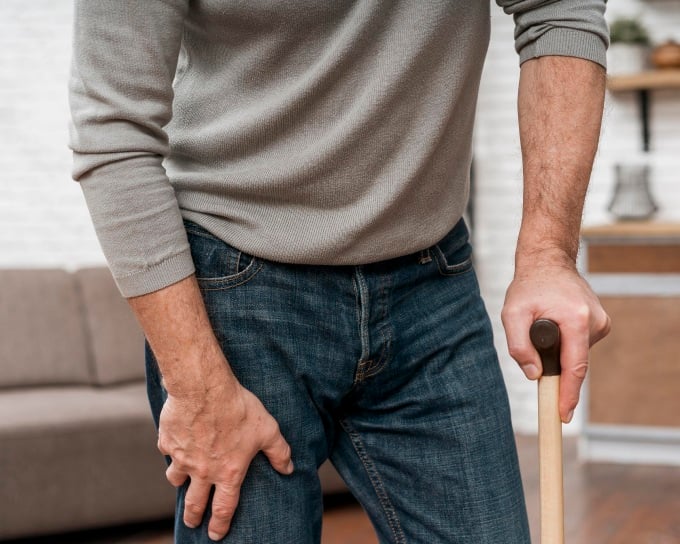
Physical activity helps maintain mobility for people with Parkinson's disease. Photo: Freepik
Aerobics
Aerobic exercise keeps the heart healthy, helps the body burn calories and maintain a healthy weight. For example, aerobic exercise, walking, jogging, swimming, dancing, water aerobics, cycling... can maintain a reasonable weight. Patients should do aerobic exercise 30 minutes a day, 5 times a week. Being outside in the sun is good for your health, but do not expose yourself to too much sun, do not go hiking because it can increase your heart rate.
Water exercise
Exercising in water under the supervision of a lifeguard can improve balance and strength in people with Parkinson's disease. For example, floating in a pool can support weak muscles and improve balance. Swimming or doing some strength and stretching exercises in water can help strengthen muscles, balance and mobility, with less stress on the body.
Body movement
Slow movement and stiffness are two characteristic symptoms of Parkinson's disease, which can affect the entire range of motion and mobility. This causes the patient to take smaller steps or have difficulty moving the limbs in different directions. Body movements such as twisting the trunk, rotating the head and neck, stretching the shoulders, taking small steps... can improve the range of motion of the neck, trunk and shoulders, increasing mobility.
Balance
People with Parkinson's disease often have problems with balance when standing or moving. Balance exercises such as dancing help people improve their balance, avoiding and minimizing falls. Balance exercises should be performed 2-3 times a week, for 20-30 minutes each time.
Yoga and Tai Chi
According to the Parkinson's Foundation of America, yoga helps improve flexibility, breathing and posture, relax and reduce stress. Research (2020) by the University of Colorado Anschutz (USA) shows that the Chinese martial art of tai chi can help improve the motor symptoms of Parkinson's disease, improve balance and reduce the risk of falls, and increase the precision of movement.
Before starting an exercise program, people with Parkinson's disease should consult their doctor about the type and regimen of exercise that is suitable for their physical condition and health. During exercise, stay hydrated and avoid overexertion. After being diagnosed with Parkinson's disease, patients should start exercising as soon as possible. This is the "pre-rehabilitation" stage, not waiting until pain or movement problems occur to start exercising. People with Parkinson's disease who progress to exercise have a better quality of life than those who do not.
Mai Cat
(According to Everyday Health )
Source link





![[Photo] Students of Binh Minh Primary School enjoy the full moon festival, receiving the joys of childhood](https://vphoto.vietnam.vn/thumb/1200x675/vietnam/resource/IMAGE/2025/10/3/8cf8abef22fe4471be400a818912cb85)
![[Photo] Prime Minister Pham Minh Chinh chairs meeting to deploy overcoming consequences of storm No. 10](https://vphoto.vietnam.vn/thumb/1200x675/vietnam/resource/IMAGE/2025/10/3/544f420dcc844463898fcbef46247d16)




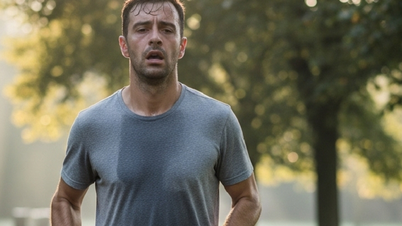


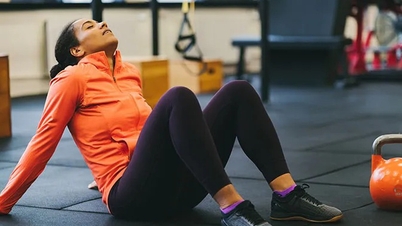





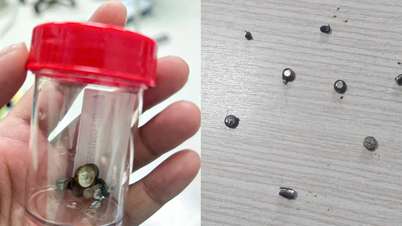



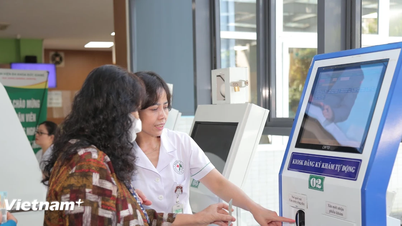

















































































Comment (0)